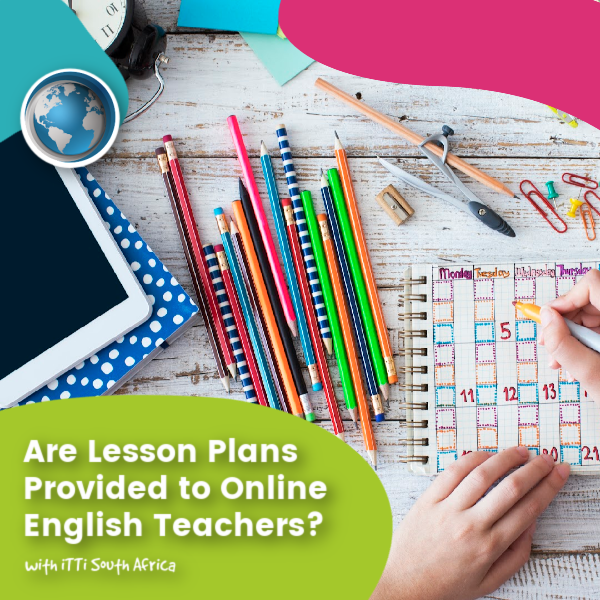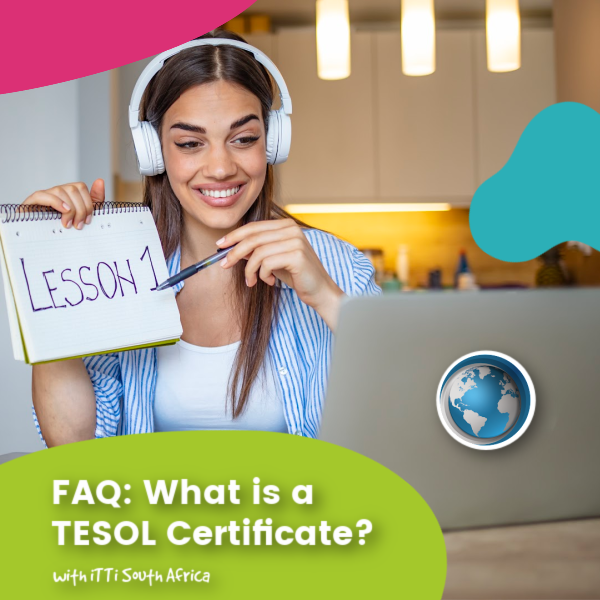In your effort to master TEFL jargon in this flourishing field of all-things English, you may have noticed the term TPR popping up frequently, from your online TEFL course to TEFL job interviews. It must be important, right? Let’s delve into this industry term and learn why it’s a terrific teacher tool!
What is TPR?
TPR stands for Total Physical Response. Part of the Communicative Approach, language learners are taught vocabulary and other concepts by means of physical actions before words.
Have you ever watched infants learning their first language? Parents use actions to teach their children vocabulary. For example, throwing open their hands while saying ‘’Where is your toy?”, or creating wind on their face with a waving hand to demonstrate “It’s hot today!” These actions solidify the words toddlers will later attempt themselves. This is TPR.
Why Should I Use TPR in my TEFL classroom?
TPR is an essential tool in both the physical and online TEFL classroom to establish those memorable links.
Using TPR in your English teaching has many benefits, including:
- Maintaining students’ interest in the lesson – especially if they’re sitting in front of a screen;
- Accommodating wriggly young learners;
- Engaging visual and kinaesthetic learners;
- Providing some comedic relief in serious study phases;
- Helping introverted students’ come out of their shells as they see their peers engage in the action;
- Teaching mixed-ability classes effectively, and
- Changing a lesson’s pace or mood.
When to Use TPR
No matter your students’ age or level, TPR can aid in their English learning, and particularly for drilling, teaching parts of speech, instructions, tenses, or storytelling. Note that while children are usually eager to do anything involving movement, adults may have some reservations. You’ll have to assess the student personalities in your class to determine whether using TPR will be constructive. Adults can benefit from TPR when learning unfamiliar, more complicated verbs or synonyms, such as ‘wheeze’, ‘gulp’ or ‘glare’.
Perhaps you feel awkward and unnatural at first to use TPR, but you will make your mark as an influential ESL/EFL teacher as you toss those fears of embarrassment out the window, embrace exaggeration, and immerse your whole self to bring English to life. When your students see you willing to perform with a positive attitude, they are more willing to copy you and participate.
Are you keen to learn more tips and tricks for teaching English to speakers of other languages (TESOL)? At iTTi South Africa, we want to change your world with TESOL. Qualify to teach English today with our 120-hour TESOL certification, or enrol in the Teaching Young Learners Specialisation course – an added qualification for your CV! Contact us today, and let’s open your world with TESOL.




